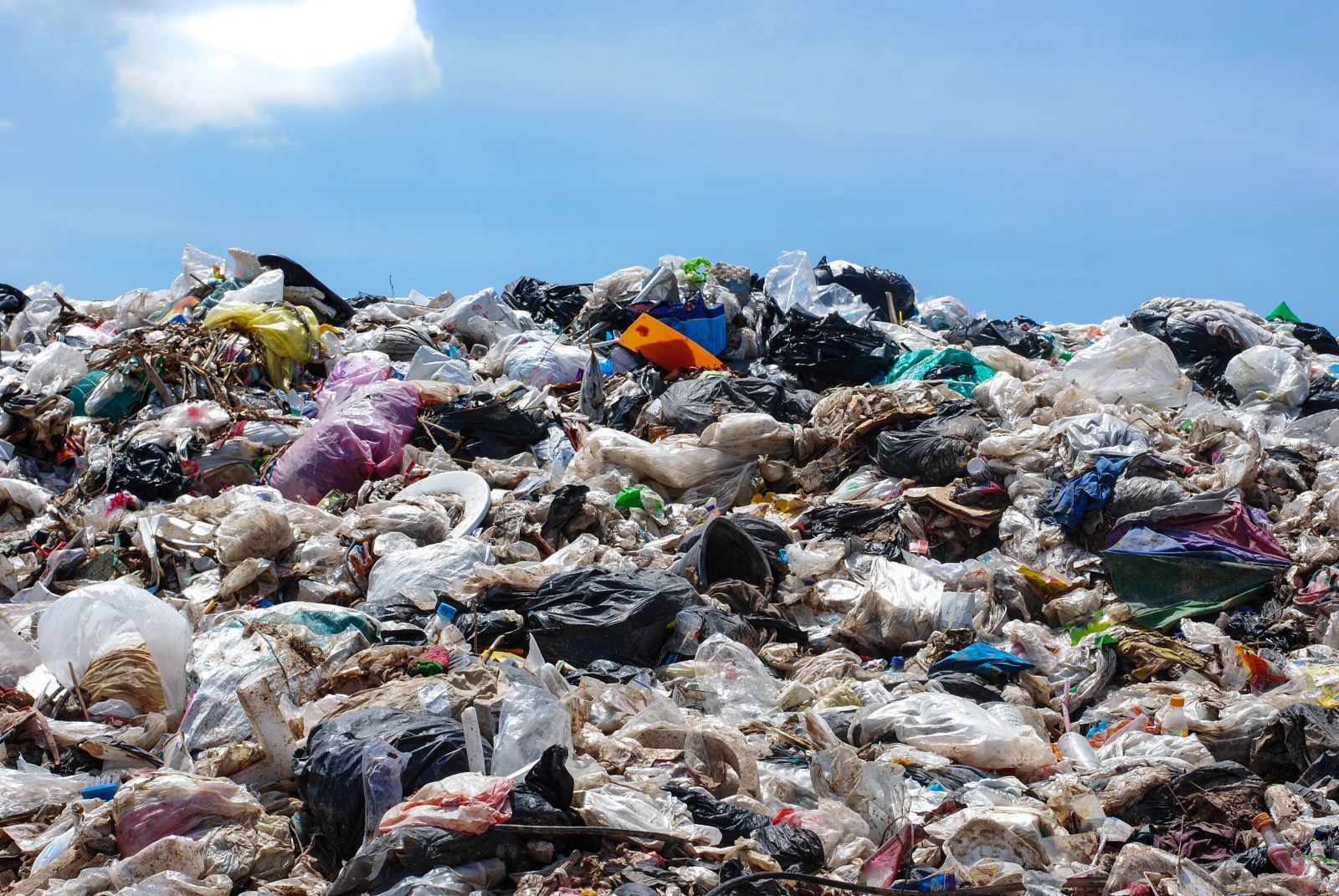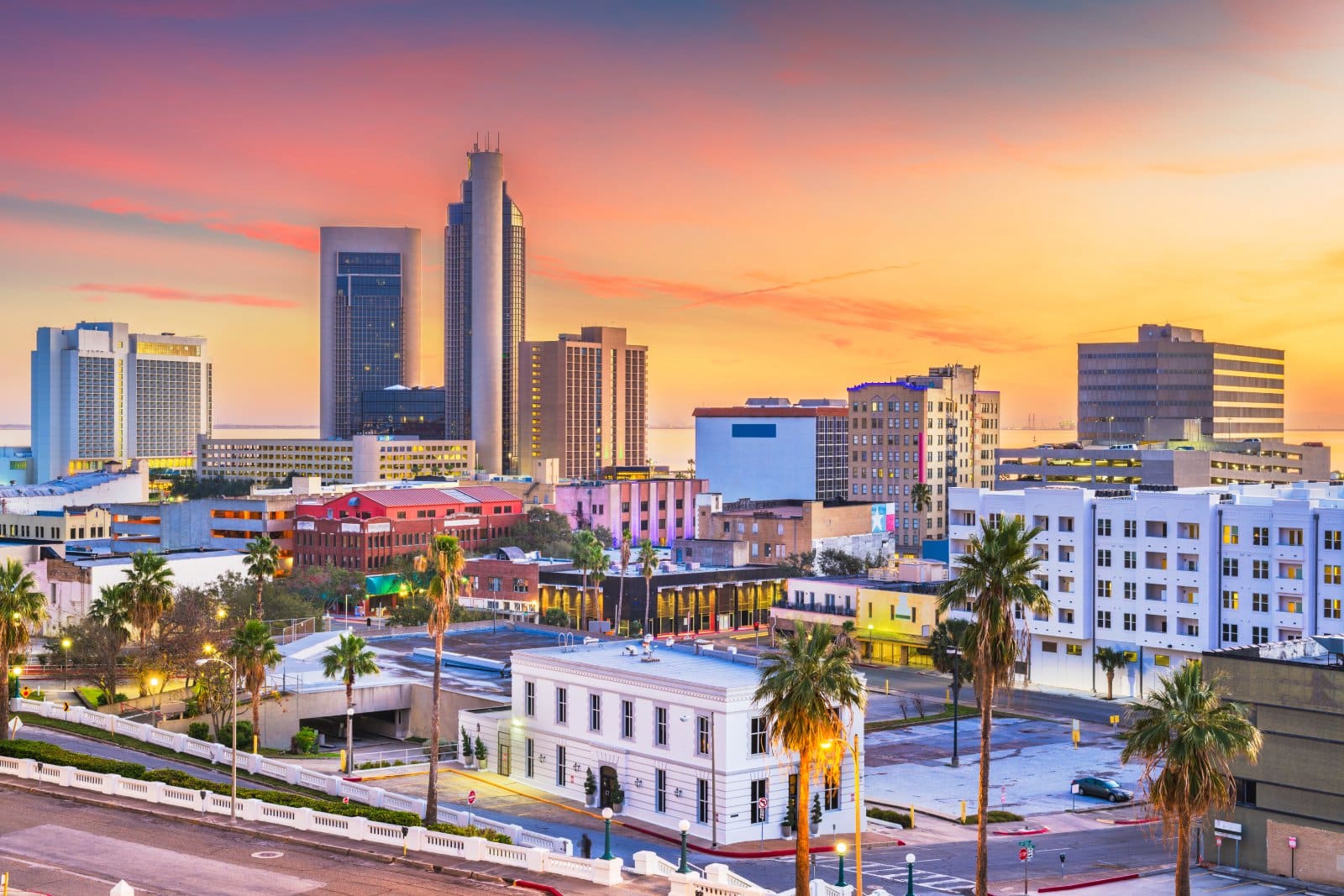Fast fashion might be easy on your wallet at first glance, but the true cost is far more expensive than you might realize. Here are 18 truths revealing the hidden costs of this industry, impacting both you and the workers behind your clothes.
1. Poor Quality Leads to More Purchases

Fast fashion items are often made with cheaper materials and rushed production techniques, which means they wear out quickly. You end up buying replacements sooner, increasing your total spending.
2. Environmental Cleanup Costs

The fast fashion industry is a major polluter of waterways due to the dyes and chemicals used in manufacturing. Taxpayers often bear the cost of cleaning up environmental damage.
3. Textile Waste

Millions of tons of unsold or discarded clothing end up in landfills each year, contributing to environmental pollution and increased municipal waste management costs.
4. Carbon Footprint

The global textile industry emits more greenhouse gases than international flights and maritime shipping combined, contributing significantly to climate change.
5. Water Overconsumption

The production of fast fashion items consumes large amounts of water. For example, it can take up to 2,700 liters of water to produce a single cotton shirt.
6. Exploitative Labor Practices

Many workers in the fast fashion industry are paid minimal wages and work in poor conditions to keep production costs low and turnaround times quick.
7. Health Costs for Workers

Exposure to harmful chemicals and long working hours without adequate protection lead to serious health issues for workers, often without access to adequate medical care.
8. Economic Instability for Producers

Fast fashion brands frequently switch suppliers to chase lower costs, leading to economic instability in developing countries that depend on garment production.
9. Loss of Traditional Skills

As mass-produced fashion becomes the norm, traditional clothing techniques and local textile industries decline, leading to a loss of cultural heritage.
10. Increased Consumerism

Fast fashion encourages a throw-away culture due to its low prices and constant turnover of styles, which perpetuates wasteful spending habits.
11. High Repair Costs

Cheaply made garments are more difficult and often not worth the cost to repair, leading to increased waste as items are more frequently thrown away instead of mended.
12. Human Rights Violations

There are widespread human rights violations in the fast fashion industry, including child labor and forced labor, particularly in regions with weak labor laws.
13. Price Volatility

The dependency on global supply chains makes prices and availability of fast fashion items susceptible to fluctuations, affecting affordability and economic stability.
14. Dependency on Non-Renewable Resources

Fast fashion relies heavily on petroleum for synthetic fibers like polyester, contributing to depletion of non-renewable resources and environmental degradation.
15. Impact on Local Businesses

Local tailors and small-scale apparel manufacturers often cannot compete with the low prices of fast fashion, leading to business closures and loss of community economic diversity.
16. Short Fashion Cycles

The rapid cycles of fashion trends propagated by fast fashion brands make garments quickly ‘out of style,’ prompting more purchases and further waste.
17. Deceptive Marketing Practices

Fast fashion companies often engage in greenwashing, marketing themselves as sustainable while making minimal actual changes to their environmentally damaging practices.
18. Social Disconnection

The relentless pursuit of the latest fashion trends at low prices undermines social connections and community values centered around sustainability and ethical responsibility.
The True Cost

When you add up these hidden costs, it’s clear that the price of fast fashion is much higher than the tag suggests. Opting for quality over quantity, supporting sustainable brands, and valuing craftsmanship are steps toward a more responsible approach to what we wear.
Remote No More: 19 Companies Returning to the Office

As the pandemic wanes, companies are recalling remote workers back to the office, sparking debates on fairness, costs, and convenience. However, there are also notable productivity, coworking, and mental health benefits to consider. Feeling the effects of these changes? Remote No More: 19 Companies Returning to the Office
8 Costco Must Buys and 8 to Leave Behind

Ever wandered Costco’s aisles, questioning if that giant jar of pickles is a real bargain? Or debated buying tires where you get your rotisserie chicken? Welcome to the definitive guide to Costco shopping—a journey to save money, prevent regrets, and offer quirky insights into bulk buying. 8 Costco Must Buys and 8 to Leave Behind
23 Reasons Texas Is the Next Big Thing

Texas is becoming a beacon of opportunity, blending cultural heritage with economic growth. From its landscapes to its industries, the Lone Star State offers a dynamic lifestyle. Here are 23 reasons why Texas stands out, attracting entrepreneurs, artists, tech professionals, and families seeking new beginnings. 23 Reasons Texas Is the Next Big Thing
15 Top Sites to Sell Your Unwanted Goods Besides Craigslist

Selling your unwanted items can declutter your space and boost your income. While Craigslist is popular, there are many alternatives with unique features and wider audiences. Explore these 15 Craigslist alternatives for selling everything from furniture to electronics, finding the perfect platform to turn clutter into cash. 15 Top Sites to Sell Your Unwanted Goods Besides Craigslist
Work from Anywhere: 19 Companies Still Supporting Remote Work

Tired of commuting and craving work flexibility? You’re not alone. Many companies now offer remote work, benefiting both employees and employers. Ever wondered how this shift could enhance your work-life balance? Work from Anywhere: 19 Companies Still Supporting Remote Work
The post – 18 Shocking Truths About the Hidden Costs of Fast Fashion – first appeared on Career Step Up.
Featured Image Credit: Shutterstock / JLco Julia Amaral.
The content of this article is for informational purposes only and does not constitute or replace professional financial advice.
For transparency, this content was partly developed with AI assistance and carefully curated by an experienced editor to be informative and ensure accuracy.

